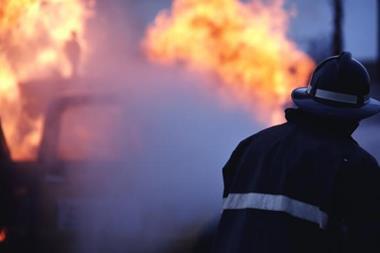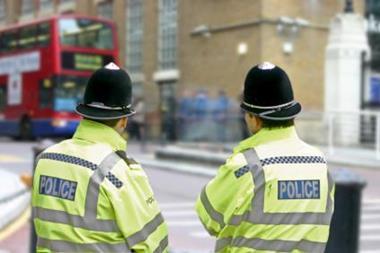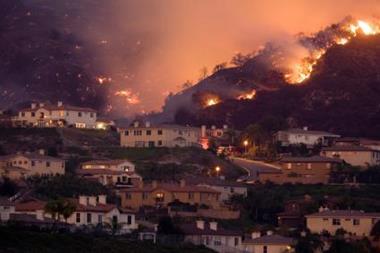NURS says only 47% of small businesses may have knowledge of fire safety rules
Businesses could well be unaware of their responsibilities when it comes to the provision of fire fighting equipment and staff safety training, said Norwich Union Risk Services (NURS).
The call comes following research from NURS that only 47% of small businesses may have knowledge of the of the Regulatory Reform Fire Safety Order (RRFSO) legislation.
Martin Hartley, property class specialist for NURS, said: ‘Protecting the lives of staff as well as business property is paramount. Our research, along with anecdotal evidence, suggests that businesses may not be fully aware of their responsibilities.
‘All staff should be familiar with the location of extinguishers, be able to select the correct type and operate one safely as a ‘first aid’ measure – in case they need to.
‘Adequate and appropriate training in the use of extinguishers is essential. Government Fire Safety Risk Assessment guidance indicates that ‘the safe use of an appropriate fire extinguisher to control a fire in its early stages, can also significantly reduce the risk to other people in the premises by allowing people to assist others who are at risk.’
‘Some businesses might not be getting it right. They may be unclear of the varying types of fire safety equipment available on the premises, let alone have knowledge of how to use one.
‘The ability to identify the correct extinguisher is particularly important since current standards (BS EN 3) require that extinguishers are virtually all red - though they should have a small colour coded area to identify the type.
‘For example, water filled extinguishers (red coded area) can be used on paper, wood, and textile fires; powder extinguishers (blue coded area) on wood, paper, textiles, electrical hazards; CO2 extinguishers (black coded area) on electrical hazards.
‘To the casual observer, all modern extinguishers look the same, however, under previous standards the entire extinguisher was painted in a single block colour to identify its use. These older types can still be used (until no longer serviceable) but the two styles should not be mixed and the operating method should be standardised throughout any premises to avoid confusion on how they are operated.
‘The provision alone of fire fighting equipment is not enough. Staff should be adequately trained in order to determine which extinguisher can be used when and, most importantly, how and when it is safe to do so - for their own safety.’




















No comments yet